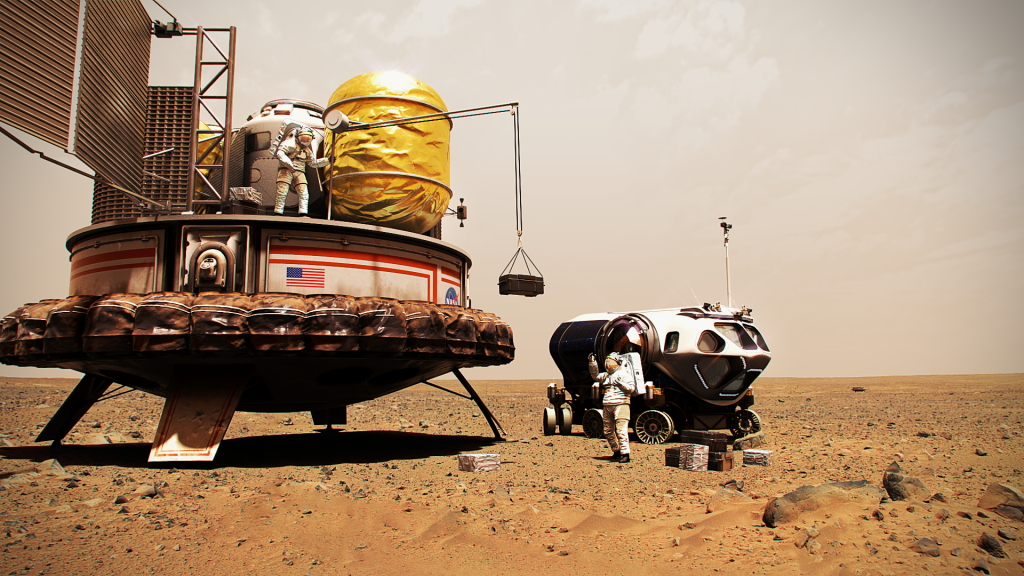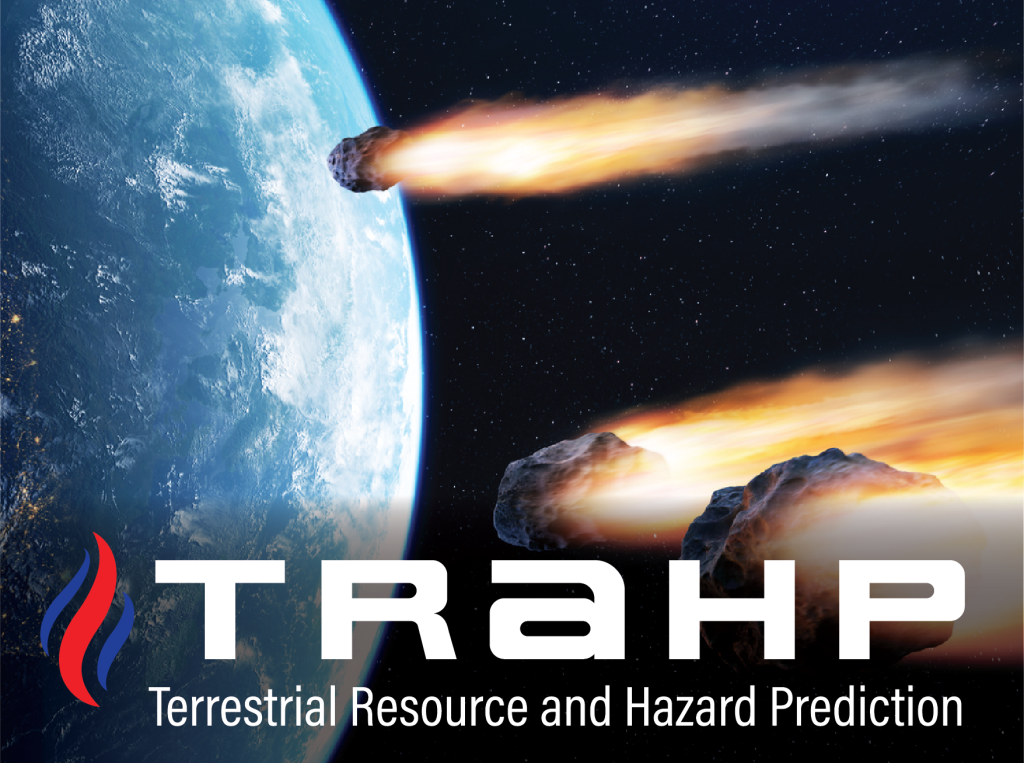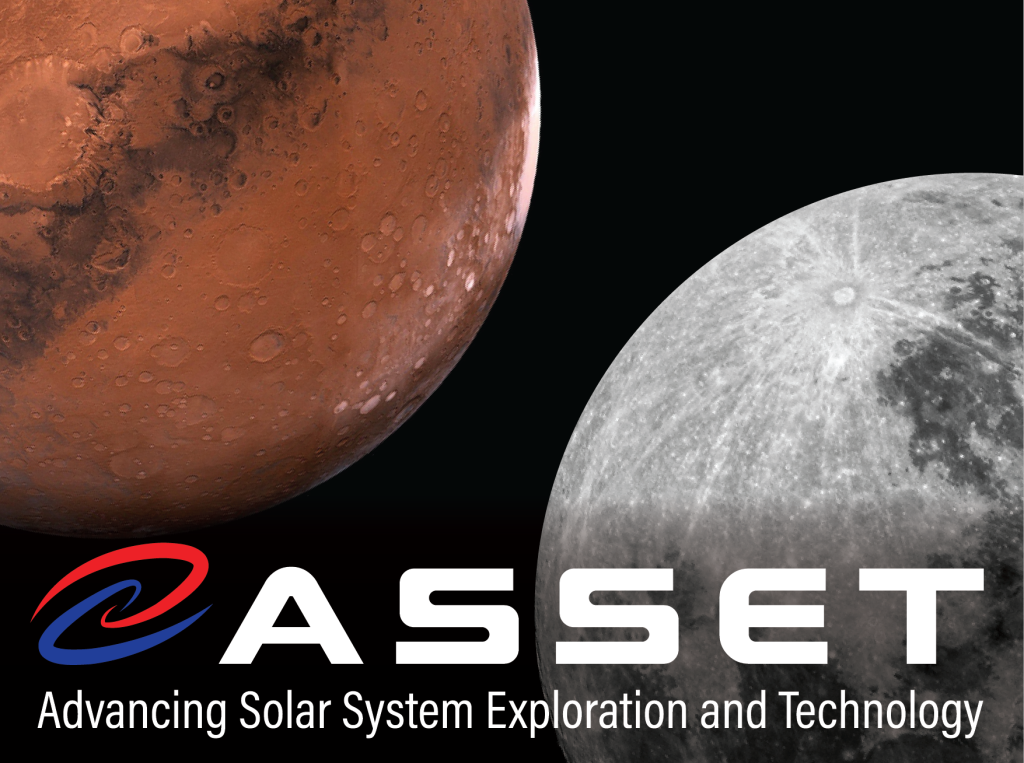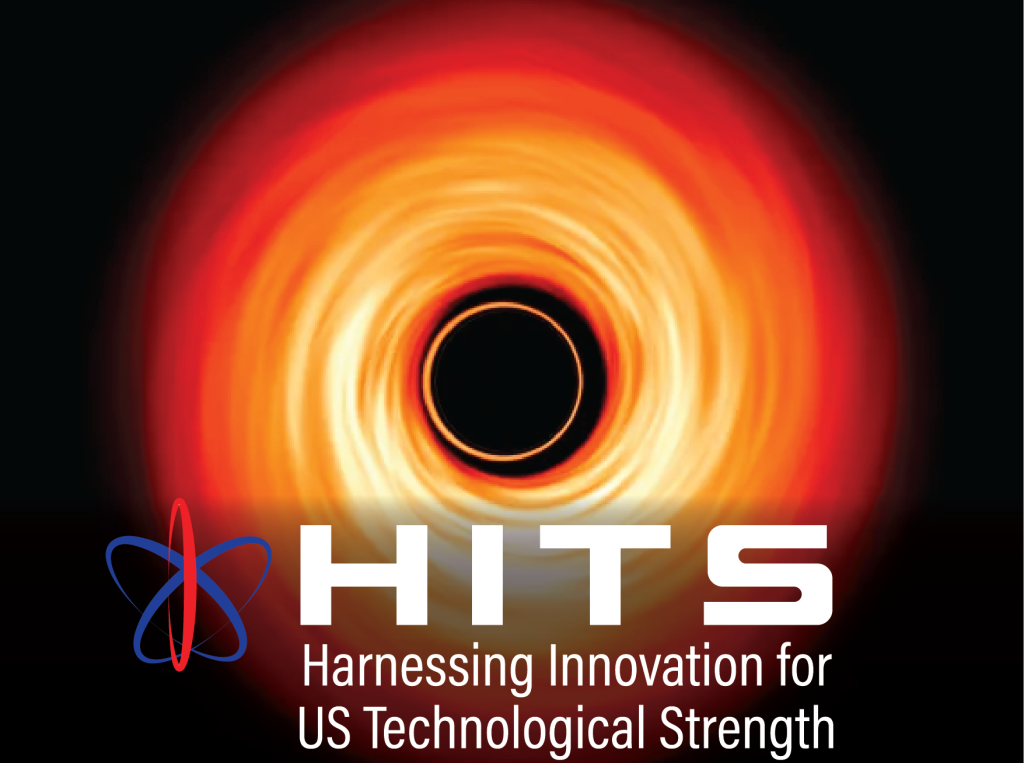About Us
Goddard’s Office of the Chief Technologist serves as the principal advisor to the Centers leadership on technology initiatives and oversees the coordination and tracking of Center-wide technology investments. The office is also responsible for facilitating cutting-edge technology research and development and assisting with long-term strategic planning to foster cohesive research initiatives.

2024/2025 Annual Report
From Goddard’s Office of the Chief Technologist, this report provides an overview of Goddard’s game-changing technological breakthroughs. Each featured technology serves as a strategic accelerator for mission success. From quantum sensing and machine intelligence to self-governing systems, revolutionary materials, and advanced instrumentation, Goddard’s innovation portfolio represents the visionary technology foundation of NASA’s future endeavors.

Center Innovation Fund (CIF)
NASA’s Center Innovation Fund serves as a vital component in maintaining Goddard’s competitive position and leadership in technology advancement. Since it’s inception, the program has supported longer-term, forward-looking technologies that are in early stages of technical readiness for mission integration. These projects function as genuine “seedlings,” facilitating next-generation science and exploration capabilities.

Internal Research and Development (IRAD)
NASA’s flagship technology-development program, IRAD, cultivates strategic capabilities that align with Center interests. The anticipated science and technological advancement from this program will enhance Goddard’s competitive position, create opportunities for risk mitigation and improved cost efficiency, and launch potential solutions to complex mission-related challenges.

GODDARd INNOVATions
Focus Areas and Capabilities
Goddard plays a pivotal role across all aspects of NASA’s missions. Goddard's technology research and development fall into these Strategic Focus Areas.

Terrestrial Resource and Hazard Prediction (TRaHP)

Advancing Solar System Exploration and Technology (ASSET)

Harnessing U.S. Innovation for Technological Strength (HITS)
Goddard Technology News






































